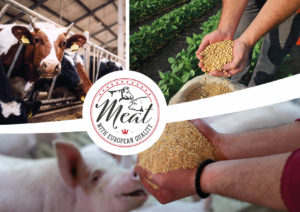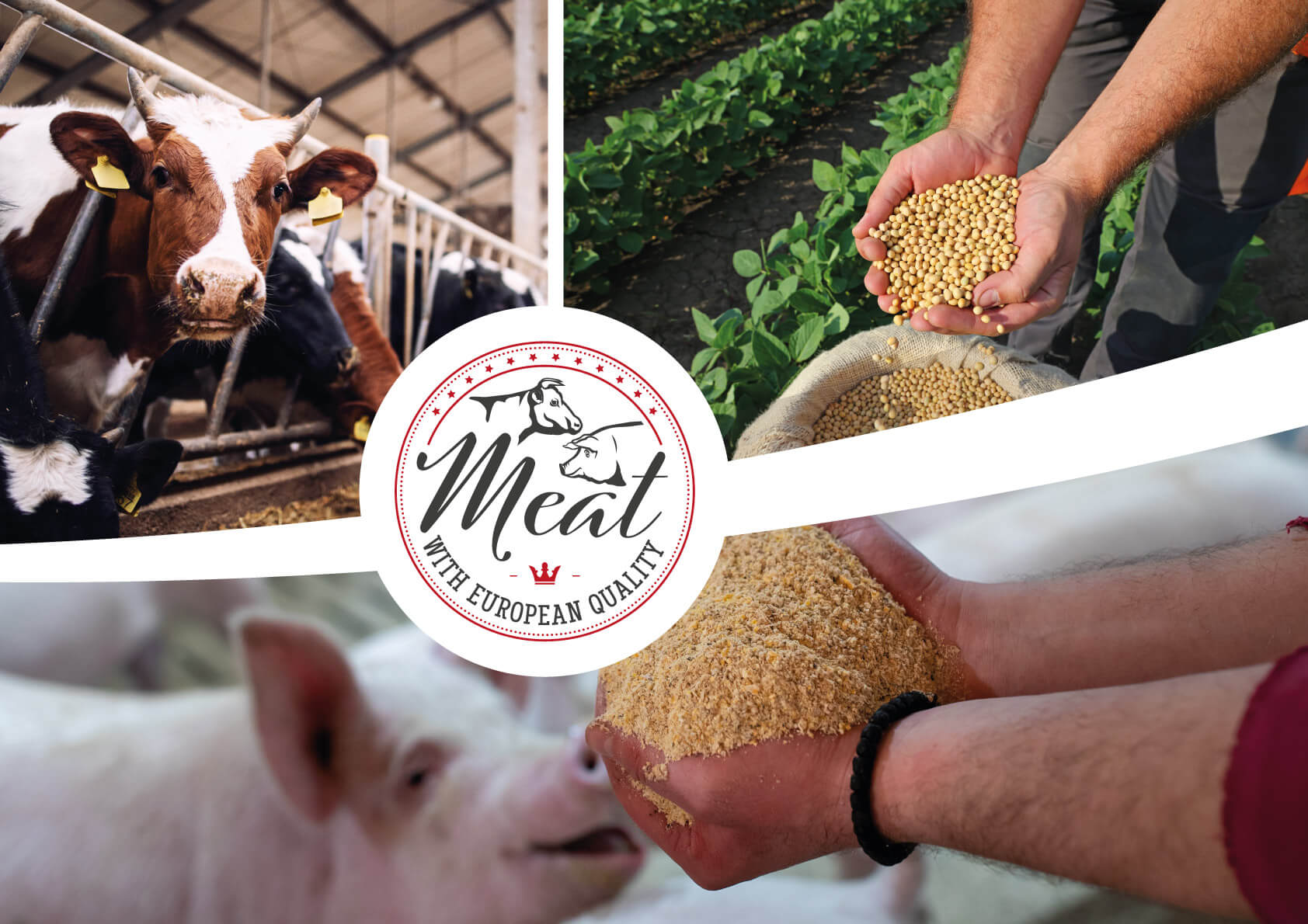Livestock production is one of the main pillars of European agriculture. Due to its importance, the European Union is taking many steps to prevent more and more land being intended for feed production. They are aimed to reverse the global trend of decreasing land area allocated to crop production directly for human consumption. The continuous intensification of feedstuffs production, especially in South America, can lead to situations of overuse of fertilizers and crop protection products to obtain the highest possible yield per hectare of land. Such activities have a negative impact on the environment, causing eutrophication of rivers or contamination of underground water[1]. To counteract these phenomena, the EU is preparing a number of new initiatives to protect the environment.
The world of science has not remained passive in the face of this fact and is successively working on introducing innovations in the production of animal feeds and their alternatives, with a lower environmental impact. The European Union pays particular attention to this, as it allocates more than 63% of all arable land to crops for livestock fodder[2].
New to the market are marine algae that can effectively replace protein feed and mineral supplements in animal nutrition. All thanks to their high nutritional value. Some species of algae contain up to 60-70% protein with high bioavailability and are also rich in carbohydrates, fats, amino acids and minerals. In ongoing studies, it has been proven that algal biomass can be a feed supplement successfully replacing conventional protein sources[3]. By using them in animal nutrition, we can not only minimize the negative impact on the environment, but also improve it. Algae are aquatic autotrophs that conduct photosynthesis to produce sugars. Through this process, they absorb carbon dioxide from the environment and release oxygen. This is their huge advantage in light of ongoing climate change and an opportunity for us to reduce carbon dioxide in the atmosphere. Studies on dairy cattle feeding show that products rich in fatty acids from algae inhibited the production of methane, which is one of the greenhouse gases[4].
However, it does not end with algae alone. Insects, the most abundant group of fauna on Earth, are becoming another innovative ingredient in animal fodders. Powdered insects are a rich source of protein in animal diets. Until now, the development of fodder production using zoonotic products has been hampered by regulations prohibiting the use of such additives, but this is about to change. The European Union wants to make a change and allow protein made from farmed insects to be used in animal feed[5]. In addition, insects have lower greenhouse gas emissions and require little water and land unlike crops. Diets of many insect species include organic waste; thus pollution is reduced.
Today, a significant portion of the animal diet is based on soybeans. It is a plant keenly used by farmers to increase the nutritional value of the feed due to its high protein concentration. However, climatic conditions in Europe do not allow soybeans to be grown in quantities that meet the needs of the old continent’s feed industry[6]. Transportation, which has a negative impact on the environment, is becoming an issue. To reduce environmental impact, the European Union has started to promote other sources of protein that can be produced at home on farms[7]. One of the alternatives includes high-protein legumes such as peas and lupins. These crops are suitable for cultivation in most European countries, and they are of similar parameters to imported soybeans. Another advantage of introducing the above-mentioned legumes into the fodder composition is their beneficial effect on the environment. These plants belong to the leguminous family and are characterized by symbiotic abilities with rhizobia that fix atmospheric nitrogen. This process reduces the concentration of nitrogen oxide in the air, one of the main greenhouse gases. In addition, leguminous plants enrich the soil with organic matter (carbon compounds), so there is a positive reproduction rate of organic matter, and they help to maintain biodiversity[8].
To sum up, research progress is also affecting the feed industry, showing how much we can still change in the animal feeding model. All of these efforts strive to ensure that livestock feeding in the future is as least destructive as possible to the environment around us.

- [1] https://www.itp.edu.pl/pw/PW2016/files/1.-Zanieczyszczenie-wod-azotem-i-fosforem-_mat.-szkol-aa.pdf
- [2] https://www.greenpeace.org/poland/raporty/924/wiekszosc-naszych-pol-sluzy-produkcji-paszy-raport-greenpeace-tuczenie-problemu/
- [3] https://docplayer.pl/206263217-Alternatywne-dla-soi-pasze-bialkowe-w-zywieniu-swin-i-drobiu.html
- [4] https://www.kalendarzrolnikow.pl/6499/pasza-spod-wody
- [5] http://www.portalhodowcy.pl/czasopisma/387-aktualnosci/aktualnosci-wszystkie-strefy/5101-owady-w-zywieniu-drobiu-i-innych-gatunkow-zwierzat
- [6] https://foodfakty.pl/wzrost-produkcji-soi-nie-uchroni-europy-przed-drogim-importem-zza-oceanu
- [7] https://eur-lex.europa.eu/legal-content/PL/TXT/PDF/?uri=CELEX:52018DC0757&from=DE
- [8] https://www.sodr.pl/download/Rosliny_straczkowe_przyjazne_klimatowi_-_K._Domagala,288.pdf
